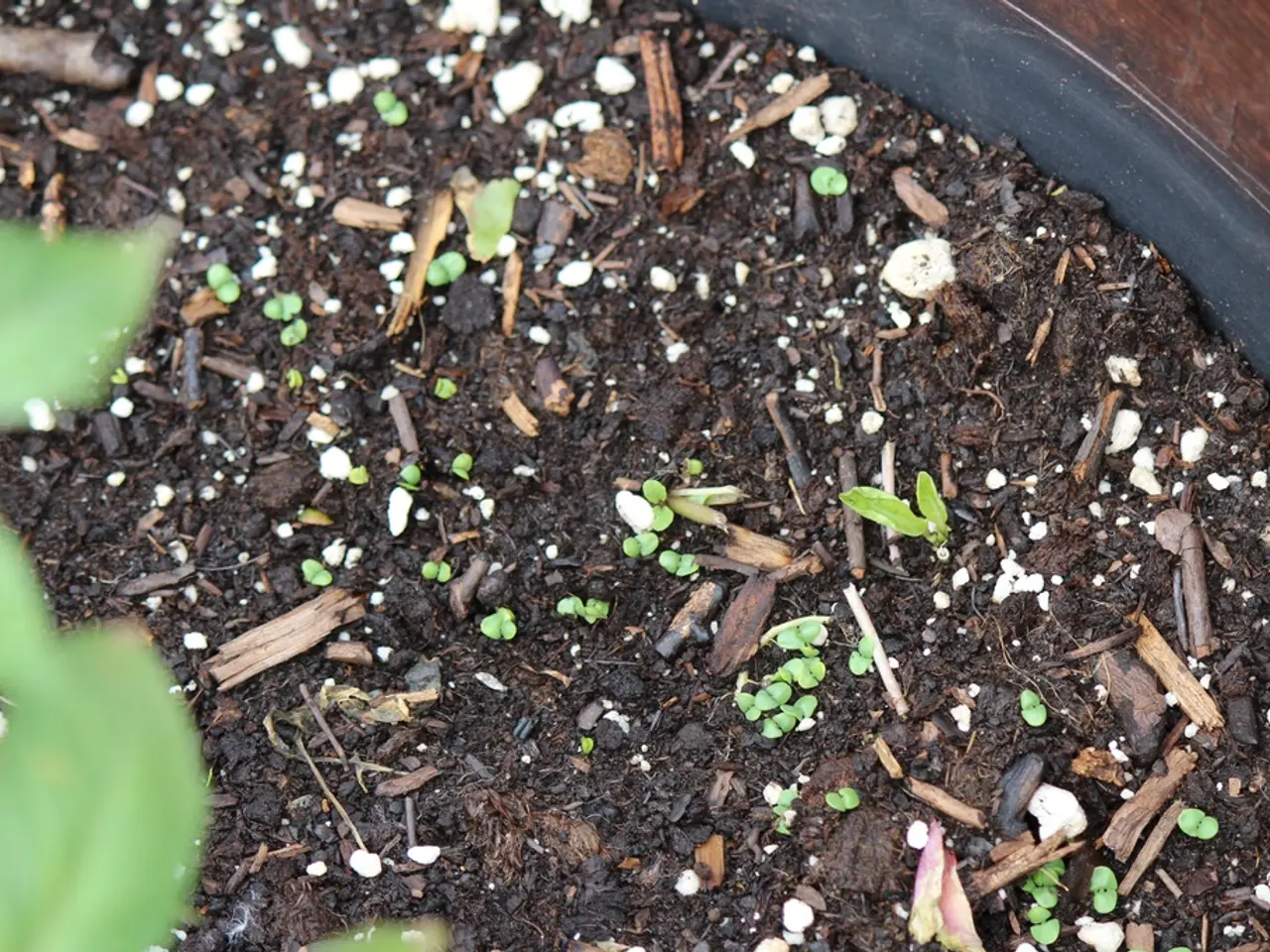The mysterious, complex world beneath your feet is what we call soil. Each apparently simple step might hide a plethora of fascinating processes.
The Biological Approach to Soil Fertilization is gaining traction as a sustainable and effective method for improving soil health, nutrient cycling, and plant resilience. This approach focuses on enhancing the natural microbiology of soil, including beneficial bacteria, fungi, and other microorganisms.
By building organic matter, maintaining living roots, using cover crops, reducing soil disturbance, and fostering a balanced soil ecosystem, this method aims to support nutrient availability naturally. This holistic approach is considered superior to using synthetic nutrients for several key reasons.
Firstly, biologicals like mycorrhizal fungi and nitrogen-fixing bacteria convert nutrients into plant-accessible forms more efficiently than synthetic inputs alone, often boosting yields and nutrient use efficiency.
Secondly, microbial activity promotes the formation of soil aggregates and increases organic matter, which improves soil aeration, water holding capacity, and root growth.
Thirdly, beneficial microbes outcompete or inhibit harmful pathogens, reducing the need for chemical pesticides and lowering crop losses from soil-borne diseases.
Fourthly, this approach builds soil organic matter and microbial diversity, sustaining productive soils over multiple crop cycles without the negative side effects of synthetic chemicals, such as nutrient runoff and soil degradation.
Fifthly, healthier soils sequester more carbon, mitigate greenhouse gas emissions, and improve water quality by reducing synthetic fertilizer use.
Lastly, crops grown in biologically active soils show better tolerance to drought, heat, and nutrient-poor conditions due to improved root systems and microbial support.
Synthetic fertilizers, while providing nutrients in readily available chemical forms, do not support the biological functions of soil and can lead to nutrient imbalances, reduced soil biodiversity, pollution, and long-term soil health decline.
The biological approach to soil fertilization promotes a sustainable system that nurtures soil life to maintain healthy, fertile soils, reduce chemical dependency, and support resilient crop production more effectively than synthetic nutrients alone.
In addition to the benefits of the biological approach, several other practices can further enhance soil health. For instance, not digging soil leads to a healthier soil population and less need for chemical assistance to keep disease at bay. Bacteria, arthropods, gastropods, and earthworms all play crucial roles in decomposing organic matter, making nutrients more available to plants, and improving soil structure.
Purchasing compost and manure can supplement homemade compost, and understanding soil biology knowledge is beneficial for promoting extra life in the soil. In the past, many gardens grew fine plants in soil improved with horse manure, and avoiding unnecessary cultivation can lead to a more healthy soil population and more vibrant plants.
In conclusion, the biological approach to soil fertilization, combined with practices such as avoiding synthetic chemicals, not cultivating soil, and adding organic matter, offers a promising path towards sustainable agriculture and healthier soils.
- This biological approach to soil fertilization not only enhances plant resilience but also promotes a lifestyle that supports home-and-garden maintenance, as it encourages the addition of organic matter like compost and manure to nurture soil life.
- By implementing the biological approach, one can foster a thriving landscape in gardens, as the method builds soil organic matter and microbial diversity, which in turn supports vibrant plant growth and improves soil structure.
- The use of synthetic fertilizers can be reduced in favor of gardening techniques that focus on the natural microbiology of soil, such as promoting a balanced soil ecosystem through cover crops and reducing soil disturbance, ultimately resulting in healthier and more resilient plants.




